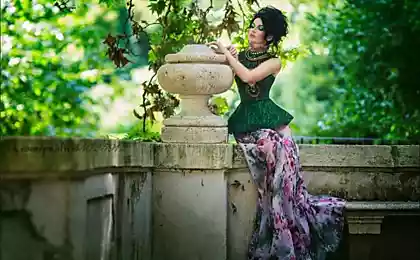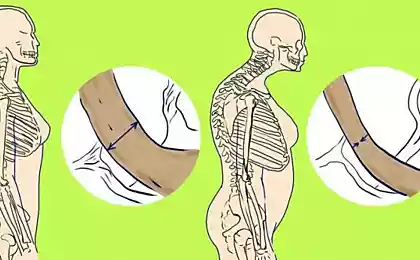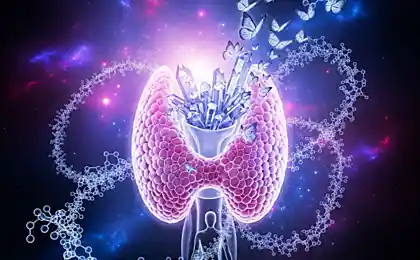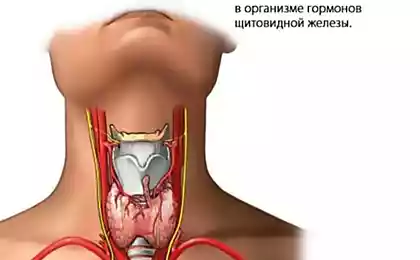1159
Coolest deficit
Scarce commodity in the USSR not to buy - they were getting, they pursued after them, they are agreed, and took from under the counter. Luck to those who have been familiar in the canteens, shops ... We have collected 10 things for which the Soviet people were standing in queues
In the 80's went this anecdote: American focus - to get the rabbit out of the hat. Soviet focus - to get his hat rabbit.
Lacked almost everything - sausage, condensed milk, buckwheat, furniture, cars, televisions and branded jeans. But the paradox is this: the average Soviet citizen had for holidays such scarce sausage and eggs, dressed in scarce foreign things in the house was the very scarce furniture. Purchase deficit then was real art, which perfectly captured Soviet citizens.
TOP-10 of scarce goods
Source www.kp.by/daily/26264.5/3142485/
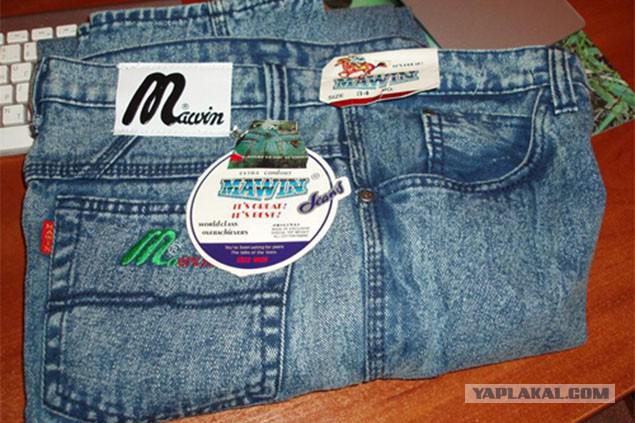
1.Chernaya and red caviar
In the 80s, many have become scarce food. But especially at this time of the Soviet people chasing a black (remember, these little blue jar?) And red caviar. Firstly, a jar of caviar was very valuable gift at a campaign visit, or vice versa, sandwiches with such a valuable and scarce commodity becomes a hit of their own holiday table. But most importantly, caviar, especially black, can be fairly easy to implement in a trip abroad, add the money to the modest sum that was exchanged at the bank before the voyage and return home with a sheepskin coat or foreign radio equipment. But back in the 60s in the USSR caviar were inundated with grocery stores. This delicacy could afford many Soviet citizens, because caviar worth inexpensive. But in the 80s it already had to get.
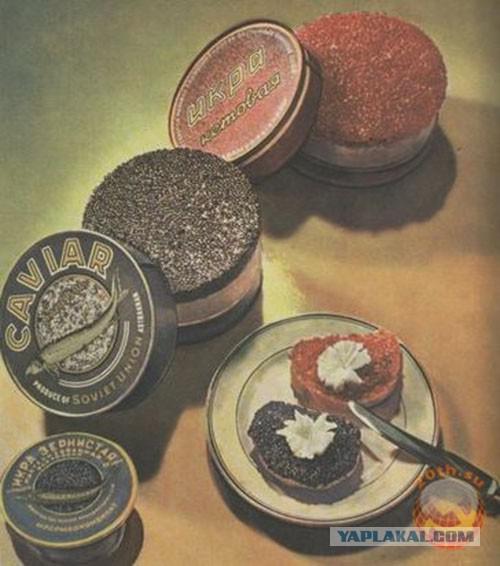
Indian tea "with elephant»
These two popular commodity shortages were present. Most often, and tea and coffee appeared in some food packages. Separately buy them was almost impossible. Be sure that something was going to load. Indian tea speculated, gave his friends, and yet they paid for various small services. With coffee in the 80s was also napryazhenka. Those who could, got an Indian (also called the "dust of Indian roads") or a Brazilian instant coffee Pele. In the late 80's on the shelves sometimes appeared coffee CACIQUE.
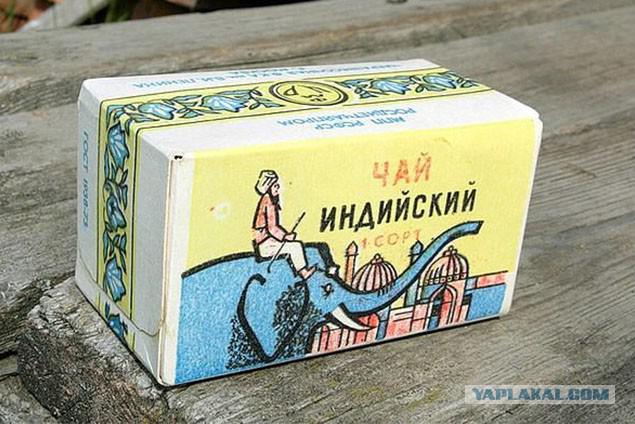
3. Coffee "dust Indian roads»
On many forums and remember coffee Nescafe, which can be found, beating several shops, mainly on the outskirts. And, most of all, it was in Moscow. But residents of the provincial towns that frequented the capital for the completion of their food supplies, remember that sometimes you can run into food packages, which includes tea and coffee. What was the load in this set, learn and failed.
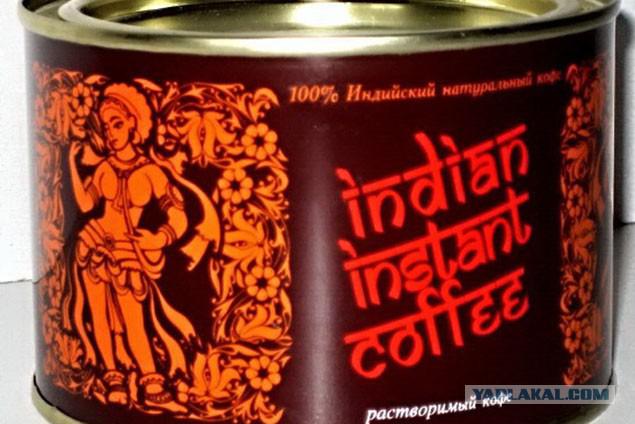
4. smoked sausage and "Doctor»
In the relatively prosperous Moscow from neighboring areas come true "sausage" trains with provincials, who were sent to the capital of the "Doctor" to 2 rubles. 90 kopecks. We went for the sausage and Leningrad.
Here, for example, in Belarus Grodno sausages were only on the shelves of consumer cooperatives. And sell much more expensive than in the state.
Quite a different picture is a Baltic republics. In Estonia, for example, even in an ordinary village shop could meet 4 - 5 kinds of sausage on gostsene. And no storming the shelves!
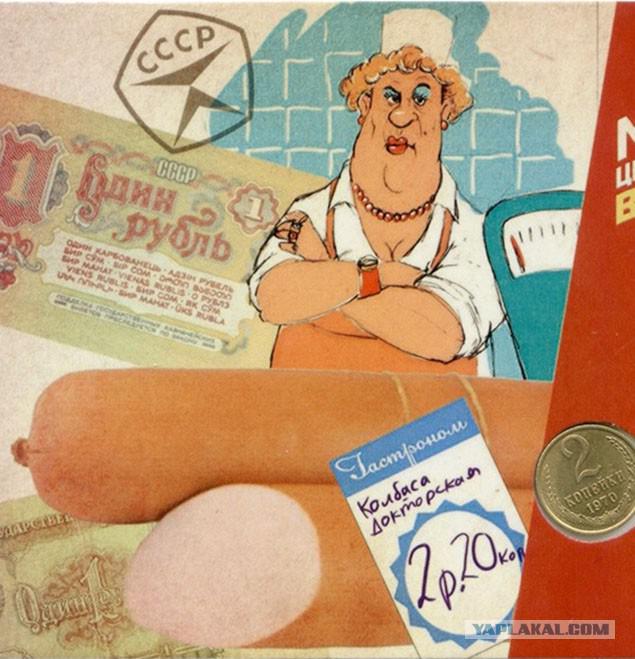
Buckwheat
Why buckwheat hit the deficit, unknown until now. But for the precious grains Soviet people were forced to stand in line, and in the hands often given only one kilogram. The only place where buckwheat was in the free market - special departments for diabetics. There it was possible to buy and show the special book, which records details of the acquired normal cereals.
www.likar.info
Why buckwheat hit the deficit still unknown

Books
Good books (Atakova considered detectives and fiction, children's literature and the collected works of the classics, and even collections of recipes) in the USSR were also deficient. On the black market value of some of the popular editions sometimes ten times higher than the price shopping. There were instances when a particularly rare reprinted illegally on copying equipment in state institutions. Just so, basically, in the first half of the 80 distributed novel by Mikhail Bulgakov "The Master and Margarita».
At times of scarce books can be bought for such a system: giving up 20 pounds of waste paper and get the voucher, such as the "Three Musketeers" by Dumas. In principle, you can subscribe to the collected works of a favorite author, but for this it was necessary to take a position about the bookstore the night before, to stand overnight and be among the first lucky at the time of opening and the beginning of the subscription. On the books, as well as for other types of goods, there was this kind of trade - with the load. You could buy an essay Strugatsky brothers along with some brochures about the heyday of the collective farms. In the early 80-ies in bookstores began to organize departments to exchange. Here the book, depending on demand, divided into several categories. By multistage combination could eventually become the owner of a cherished book.
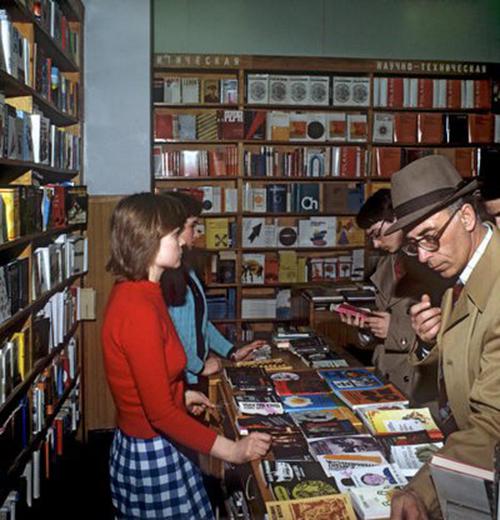
Covers for seaming
Yes, ordinary metal lids! Almost every family in the Soviet Union made preparations for the winter. And if the banks could still somehow get, then cover in trade simply not reported. Tin, from which they were made, was considered a strategic material for military purposes. Of course, the interests of the defense force exceeded desire housewives basement pickles and homemade jam. But out of this seemingly dead-end situation was. Lids for canning vegetables and arrived at the canneries. Guide their employees of these enterprises have the right to prescribe the cover as a promotion by gostsene - 3 pennies apiece. On the black market cap also could buy. If you're lucky - at 10 cents apiece, if not - and for all 15.
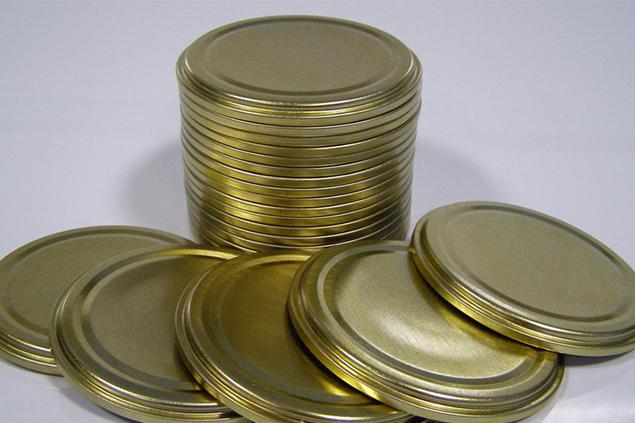
Tara in the pub
In the late 80's in the Soviet Union to buy beer in the pub could without problems, but the capacity for beer everywhere disappeared. In place of the well-recognized beer mugs come half-liter glass jars. But they soon disappeared somewhere. Where this occurs, the beer began to pour into plastic bags. When they ended, the visitors had come from their packaging. Most interesting is that with the beer itself had no such problems.
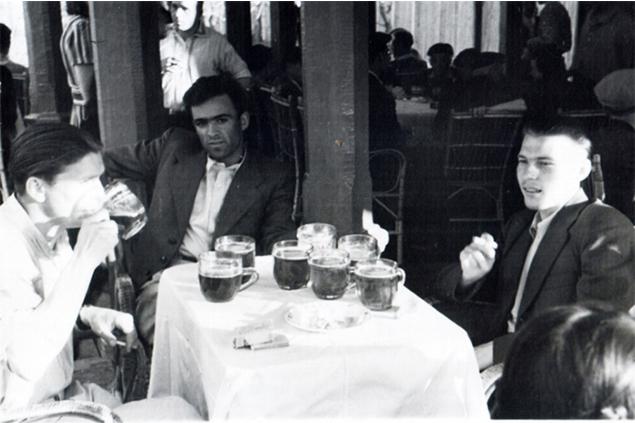
Toilet paper and paper Writing
Remember the famous line from the Soviet film "with the paper in the country napryazhenka!"? This is untrue. Want to buy a simple school notebooks with sullen black oilcloth cover - please. These notebooks were sold in any department store. But for a neat notebook in a nice cardboard cover Lithuanian production had to go to the Baltics. Tatty paper records was available in stores, and high-quality coated absent. But it is printed on coated dissertations and master's and doctoral, and watched for scientists working at the gate printers.
Deficit, which concerns everyone - is the lack of the stores of toilet paper. Like she always sell, but it lacked all the time. Because often in Soviet cities could see the lucky uveshennyh like revolutionary sailors cartridge belts, strung on a rope rolls of toilet paper. This meant that the man was lucky to stumble upon such a deficit and overstocked required to complete.
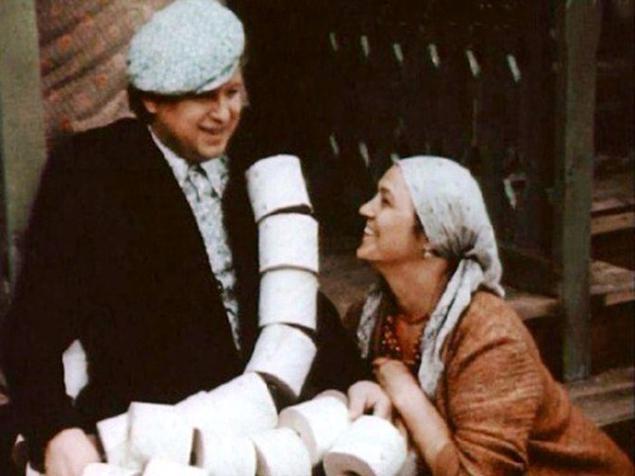
Products in the export performance
Any Soviet man did not hesitate to grab the store shelf goods, on which was written: «made in USSR». Even if it is currently not needed a razor or, say, iron. Finds that the merchandise with a similar inscription were exported, but for some reason, to foreign customers were not included. A time for export - then qualitatively done. Most often, the way it turned out. Soviet products in the export version serves as a reliable and long broken.
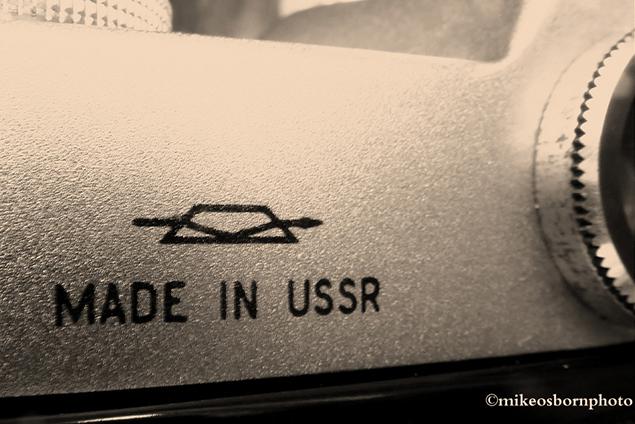
In the 80's went this anecdote: American focus - to get the rabbit out of the hat. Soviet focus - to get his hat rabbit.
Lacked almost everything - sausage, condensed milk, buckwheat, furniture, cars, televisions and branded jeans. But the paradox is this: the average Soviet citizen had for holidays such scarce sausage and eggs, dressed in scarce foreign things in the house was the very scarce furniture. Purchase deficit then was real art, which perfectly captured Soviet citizens.
TOP-10 of scarce goods
Source www.kp.by/daily/26264.5/3142485/

1.Chernaya and red caviar
In the 80s, many have become scarce food. But especially at this time of the Soviet people chasing a black (remember, these little blue jar?) And red caviar. Firstly, a jar of caviar was very valuable gift at a campaign visit, or vice versa, sandwiches with such a valuable and scarce commodity becomes a hit of their own holiday table. But most importantly, caviar, especially black, can be fairly easy to implement in a trip abroad, add the money to the modest sum that was exchanged at the bank before the voyage and return home with a sheepskin coat or foreign radio equipment. But back in the 60s in the USSR caviar were inundated with grocery stores. This delicacy could afford many Soviet citizens, because caviar worth inexpensive. But in the 80s it already had to get.

Indian tea "with elephant»
These two popular commodity shortages were present. Most often, and tea and coffee appeared in some food packages. Separately buy them was almost impossible. Be sure that something was going to load. Indian tea speculated, gave his friends, and yet they paid for various small services. With coffee in the 80s was also napryazhenka. Those who could, got an Indian (also called the "dust of Indian roads") or a Brazilian instant coffee Pele. In the late 80's on the shelves sometimes appeared coffee CACIQUE.

3. Coffee "dust Indian roads»
On many forums and remember coffee Nescafe, which can be found, beating several shops, mainly on the outskirts. And, most of all, it was in Moscow. But residents of the provincial towns that frequented the capital for the completion of their food supplies, remember that sometimes you can run into food packages, which includes tea and coffee. What was the load in this set, learn and failed.

4. smoked sausage and "Doctor»
In the relatively prosperous Moscow from neighboring areas come true "sausage" trains with provincials, who were sent to the capital of the "Doctor" to 2 rubles. 90 kopecks. We went for the sausage and Leningrad.
Here, for example, in Belarus Grodno sausages were only on the shelves of consumer cooperatives. And sell much more expensive than in the state.
Quite a different picture is a Baltic republics. In Estonia, for example, even in an ordinary village shop could meet 4 - 5 kinds of sausage on gostsene. And no storming the shelves!

Buckwheat
Why buckwheat hit the deficit, unknown until now. But for the precious grains Soviet people were forced to stand in line, and in the hands often given only one kilogram. The only place where buckwheat was in the free market - special departments for diabetics. There it was possible to buy and show the special book, which records details of the acquired normal cereals.
www.likar.info
Why buckwheat hit the deficit still unknown

Books
Good books (Atakova considered detectives and fiction, children's literature and the collected works of the classics, and even collections of recipes) in the USSR were also deficient. On the black market value of some of the popular editions sometimes ten times higher than the price shopping. There were instances when a particularly rare reprinted illegally on copying equipment in state institutions. Just so, basically, in the first half of the 80 distributed novel by Mikhail Bulgakov "The Master and Margarita».
At times of scarce books can be bought for such a system: giving up 20 pounds of waste paper and get the voucher, such as the "Three Musketeers" by Dumas. In principle, you can subscribe to the collected works of a favorite author, but for this it was necessary to take a position about the bookstore the night before, to stand overnight and be among the first lucky at the time of opening and the beginning of the subscription. On the books, as well as for other types of goods, there was this kind of trade - with the load. You could buy an essay Strugatsky brothers along with some brochures about the heyday of the collective farms. In the early 80-ies in bookstores began to organize departments to exchange. Here the book, depending on demand, divided into several categories. By multistage combination could eventually become the owner of a cherished book.

Covers for seaming
Yes, ordinary metal lids! Almost every family in the Soviet Union made preparations for the winter. And if the banks could still somehow get, then cover in trade simply not reported. Tin, from which they were made, was considered a strategic material for military purposes. Of course, the interests of the defense force exceeded desire housewives basement pickles and homemade jam. But out of this seemingly dead-end situation was. Lids for canning vegetables and arrived at the canneries. Guide their employees of these enterprises have the right to prescribe the cover as a promotion by gostsene - 3 pennies apiece. On the black market cap also could buy. If you're lucky - at 10 cents apiece, if not - and for all 15.

Tara in the pub
In the late 80's in the Soviet Union to buy beer in the pub could without problems, but the capacity for beer everywhere disappeared. In place of the well-recognized beer mugs come half-liter glass jars. But they soon disappeared somewhere. Where this occurs, the beer began to pour into plastic bags. When they ended, the visitors had come from their packaging. Most interesting is that with the beer itself had no such problems.

Toilet paper and paper Writing
Remember the famous line from the Soviet film "with the paper in the country napryazhenka!"? This is untrue. Want to buy a simple school notebooks with sullen black oilcloth cover - please. These notebooks were sold in any department store. But for a neat notebook in a nice cardboard cover Lithuanian production had to go to the Baltics. Tatty paper records was available in stores, and high-quality coated absent. But it is printed on coated dissertations and master's and doctoral, and watched for scientists working at the gate printers.
Deficit, which concerns everyone - is the lack of the stores of toilet paper. Like she always sell, but it lacked all the time. Because often in Soviet cities could see the lucky uveshennyh like revolutionary sailors cartridge belts, strung on a rope rolls of toilet paper. This meant that the man was lucky to stumble upon such a deficit and overstocked required to complete.

Products in the export performance
Any Soviet man did not hesitate to grab the store shelf goods, on which was written: «made in USSR». Even if it is currently not needed a razor or, say, iron. Finds that the merchandise with a similar inscription were exported, but for some reason, to foreign customers were not included. A time for export - then qualitatively done. Most often, the way it turned out. Soviet products in the export version serves as a reliable and long broken.





